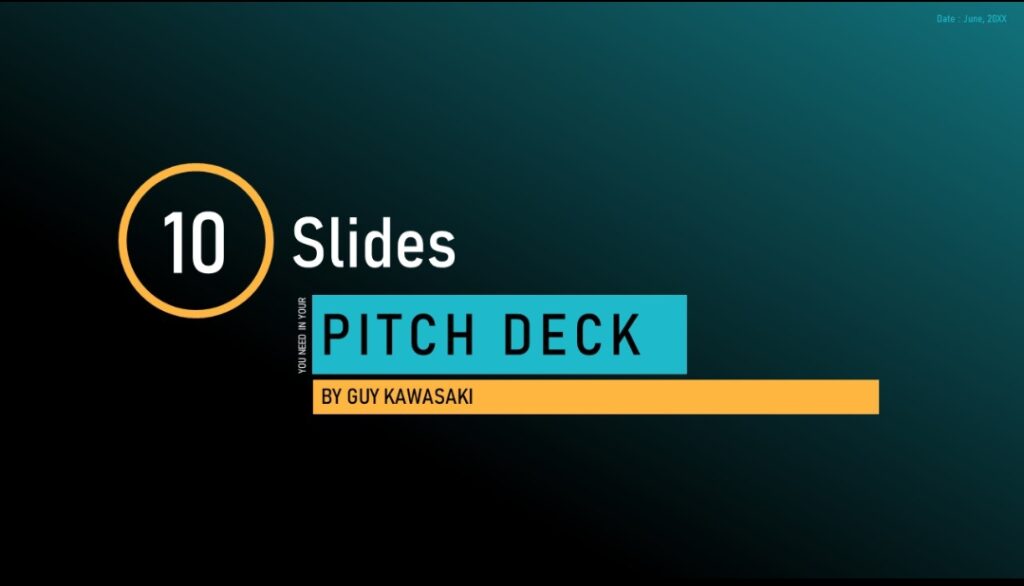Workers’ compensation is essentially an insurance policy provided by employers to cover medical bills and lost wages for employees who get injured on the job.
You can seek compensation if you’ve suffered a head trauma at work and it’s not your fault, (or partly your fault). Workers’ compensation laws are designed to cover injuries that happen on the job, regardless of fault.
Protecting Yourself
- Understand Your Rights: Know the workers’ comp laws and regulations in your area. Each state has its own rules.
- Communicate Clearly: Ensure you provide clear, consistent accounts of your injury and its impacts.
- Medical Evidence: Stay compliant with all medical advice and treatment plans. Inconsistencies can be detrimental to your case.
- Stay Organized: Keep all documents, reports, receipts, and correspondence well-organized.
When Things Get Sticky
If your workers’ comp head injury settlements get denied or aren’t moving smoothly, you might need to consult with a workers’ comp attorney. They can help navigate disputes and ensure you’re receiving the benefits you deserve.
Here’s a straightforward, step-by-step guide to make sure you don’t miss a beat in the process.
The Headache of Proving It
Unlike a broken bone or visible wound, head injuries often come with subtle, less tangible symptoms. Think dizziness, memory issues, headaches, or mood changes. Symptoms that are more “felt” than “seen.”
Reporting Your Injury Immediately
First things first: make sure to report your head trauma to your employer immediately, or as soon as reasonably possible. Most workers’ comp laws require you to notify your employer within a specific timeframe—often 24 to 48 hours—to be eligible for benefits. Your employer should provide you with the necessary claim forms and paperwork to get the ball rolling.
Seeking Medical Help
Next up, seek medical attention right away. Even if it means visiting your regular healthcare provider initially, it’s crucial to get everything documented by licensed professionals from day one. Medical documentation should include descriptions of how the injury occurred, limitations you’re experiencing, and any prescribed treatments.
To make your case, you’ll need a strong lineup of medical professionals — neurologists, neuropsychologists, maybe even brain imaging experts. They help document the extent and impact of the injury. MRI scans, CT scans, and neuropsychological tests become your best friends, offering a peek into the invisible realm of brain trauma. This paperwork will be crucial evidence for your claim.
Head injuries can range from concussions to traumatic brain injuries (TBI), and symptoms may not be immediately evident. Some head injuries show symptoms days or even weeks after the incident, you never know for sure. This makes it vital to have thorough medical documentation and follow-ups.
Also, these types of injury can lead to ongoing medical issues, cognitive impairments, and even personality changes. That is why the comprehensive medical evaluations and expert testimonies might be crucial.
Documenting Everything
While you’re seeking treatment, start your own personal record-keeping.
I’m serious about that! Keep meticulous records. From initial diagnosis and ongoing treatment notes to any and all symptoms experienced. Having a detailed log can be invaluable. Even those moments of misplaced keys or inexplicable fatigue – they all add up.
Document everything—dates, names, specific symptoms, treatments, and any conversations you have with your employer or co-workers regarding your injury. The more detailed your records, the stronger your claim will be.
Filing a Workers’ Compensation Claim
Now it’s time to file the actual workers’ compensation claim. This step is often done through your employer, but the exact procedure can vary by jurisdiction. Make sure you fill out the formal claim form within the deadline specified by your area’s workers’ comp laws, which can range from 30 days to up to a year.
Legal Representation
When it comes to workers’ comp, unfortunately, the burden of proof often falls on the injured party. You’ll need to connect the injury directly to a work incident – a slip, a fall, something concrete. Getting witness statements and incident reports can be crucial.
Consider lining up legal representation. Workers’ comp cases, especially those involving significant injuries like head trauma, can get complex in a hurry. A specialized workers’ comp attorney can help navigate disputes over the extent of your impairment, questionable insurance company behavior, or ensure you receive the full range of benefits you’re entitled to. While straightforward cases might not necessitate a lawyer, having one on your side can offer invaluable peace of mind and expertise.
Navigating the Skeptics
There’s an added challenge of overcoming skepticism. Employers and insurance companies may downplay “invisible” injuries. This is where having a knowledgeable workers’ comp attorney can make all the difference. They can help assemble your evidence into a compelling case and advocate on your behalf.
Rehabilitation and Support
Connecting with others who’ve gone through similar experiences can also be incredibly beneficial. There are support groups and advocacy organizations that can offer resources, guidance, and moral support as you make your way through the process.
You’ll also want to highlight the necessity for ongoing rehab – cognitive therapy, physical therapy, whatever it takes. Demonstrating the need for comprehensive treatment paints a clearer picture of the injury’s long-term impact on your life and work capacity.
Detailed, consistent documentation from healthcare professionals forms the backbone of your claim. You’ll want thorough records of everything related to your injury: initial diagnosis, treatment plans, follow-up visits, and your current medical status. This is what substantiates your claims about both the extent of the injury and its work-related cause.
Expert Opinions
Hiring an expert, or even two, can indeed be a wise move. Medical experts can provide professional evaluations that bolster your case, especially if your injury has long-term or complex implications.
Dealing with Conflicting Opinions
Dealing with conflicting opinions is a valid concern, and it can complicate things a bit. If you end up with differing expert assessments, here’s a strategy to manage it:
- Seek a Third Opinion: Sometimes an additional expert can help resolve discrepancies and offer a more balanced perspective.
- Evaluate Credibility: Assess the credibility of your experts. Factors like their specialization in head trauma, years of experience, and previous involvement in similar cases will weigh heavily.
- Legal Counsel: Having a good workers’ comp attorney can make a significant difference here. They can help interpret the conflicting opinions and strategically present the strongest case possible.
Securing medical expert opinions is usually a good step, but handle any conflicting insights strategically. Focus on building a robust case through impeccable documentation and professional legal guidance.
Negotiating Settlements in Head Injury Cases
Settlement Negotiations
Settlements typically involve a negotiation process where both parties—the injured worker and the employer/insurance provider—aim to reach a mutually agreeable amount without going to trial.
- Medical Costs: The immediate and long-term medical costs are primary considerations. This includes surgeries, medications, therapy sessions, and any adaptive equipment you might need.
- Lost Wages: The settlement should account for any income you’ve lost due to your inability to work. This can include both past and future lost wages.
- Pain and Suffering: Head injuries often come with significant pain and a reduced quality of life. The settlement can include compensation for these non-economic damages.
- Permanent Impairment: If your head injury results in lasting impacts, such as cognitive difficulties or motor function impairments, this too will influence the settlement amount.
Steps to Strengthen Your Case
- Clear Documentation: Maintain meticulous records of all medical treatments, expenses, and communications.
- Legal Representation: Engaging a specialized workers’ comp attorney ensures you’re advised correctly and makes sure your interests are well-represented.
- Stay Proactive: Follow up regularly with all parties involved to keep the process moving and ensure no details slip through the cracks.
- Be Ready to Negotiate: Be open to negotiation but know your bottom line. Understanding the full extent of your needs helps during discussions.
- Stay on Top of Deadlines: Each state has different deadlines for reporting injuries and filing claims. Make sure you check your specific state’s guidelines.
- Follow Medical Advice: Compliance with your medical professional’s advice is crucial. Not following recommendations can jeopardize your claim.
- Keep Records: Maintain copies of all paperwork – medical records, claim forms, communication with the insurance company, etc.
In essence, proving a head injury in a workers’ comp claim is about building a robust, evidence-backed narrative that connects all the dots – the accident, the symptoms, the medical evidence, and the requisite ongoing care.
So while it might feel like you’re wrangling phantoms, detailed and consistent documentation along with the right medical and legal support can help turn those shadows into something more graspable.
Stay proactive and informed throughout the settlement negotiation process to ensure you’re fairly compensated and protected. And never hesitate to consult a lawyer if you encounter any snags.






